When “I’m Fine” Might Mean Something Else
There are times when a person either isn’t aware of what they are feeling, or has no interest in letting you know what they are experiencing. At such a time, if you ask that person what or how they are feeling, a response you might get is, “I’m FINE!” It’s a shorthand way of saying they want privacy or to be left alone with their feelings and thoughts.
When any of us hears a person emphatically stating that they are “FINE,” we can probably assume that their “FINE” stands for an acronym: Feelings In Need of Expression. Most likely, they have something going on in their life that involves emotions they are not ready or able to share. We often remind people that our emotions are not good or bad, right or wrong. They simply are. How we handle our feelings, though, can be something that promotes our well-being or not.
One of the hallmarks of emotional wellness is the capacity to both be aware of and express the full range of our emotions—not telling ourselves that we are fine, even when we are not. There is so much we can learn about ourselves and others when we become fully comfortable with our emotions and the energy we feel within us. This is the wisdom of the photo quote above, “Our emotions don’t create problems; they contain the exact genius we need to solve them.”
We are not born knowing how to handle our emotions; a fact any parent of a young child or even a teen knows all too well. Over time, we learn ways to manage our feelings from our primary caretakers and the socialization we get from the culture around us. If we are fortunate to have had good teachers, we have a better chance of knowing how to handle our emotions well. If we did not, the good news is we can always learn new and more effective ways to manage and grow our emotional well-being.
We also remind people that there is a clear correlation between how comfortable we are with our own emotions and our level of comfort with the emotions of others. For example, suppose a person is uncomfortable feeling and expressing their own feelings of sadness or loss. In that case, it is improbable that they will be able to be empathetic and present to others when they need to express feelings of sadness.
When working with clients, people often report that they are comfortable expressing some emotions while they struggle to express other feelings. Some say they can feel and express anger, but sadness and vulnerability are difficult for them. Others say the opposite—they are comfortable expressing sadness, but not anger. Some report that they rarely or never heard the words “I love you” as a child, so they now have difficulty verbally expressing those feelings today. And still, others learned to say “I’m FINE” rather than express their strong emotions.
As we said, we can always learn new ways to enhance our awareness and capacity to express our emotions. When it comes to handling emotions, we are all life-long learners. Some form of mindfulness in which we merely observe our emotions without judgment, trying to learn from what they are saying to us, may help in this area. Even journaling regularly about our emotions may help us get better in touch with them, which can, in turn, enhance our ability to share them with others.
Sometimes it isn’t the right time to express our emotions, and so a response of “I’m FINE” can be appropriate. But if that is the only response we know and the only tool we have in our emotional toolkit, we will be wise to expand our learning. Feelings do need to be examined, honored, and expressed so that we can be more positively connected with ourselves and others.
Making It Personal:
Is there a particular emotion that is challenging for you to express?
Is there a specific emotion that makes you uncomfortable when expressed by others?
Do you see a connection between your two answers to these questions?
(Today’s column on the wellness area of “Handling Emotions” is the sixth in an eight-part series that will explore the eight areas of wellness that are part of the Wellness Compass Model for Well-Being.)
To explore your own well-being in the eight areas of wellness, you may be interested in downloading our newest FREE resource, The Adult Wellness Compass Notebook. This workbook is perfect for either individual or group use, and is a tool for self-reflection, learning, and goal setting. Click HERE to download and enjoy.
*Our episode of the Wellness Compass Podcast this week expands on the topic of emotional wellness. You can listen in your favorite podcast app—just search for The Wellness Compass, or by clicking on the “Podcast” tab in the header at the top of this page.

